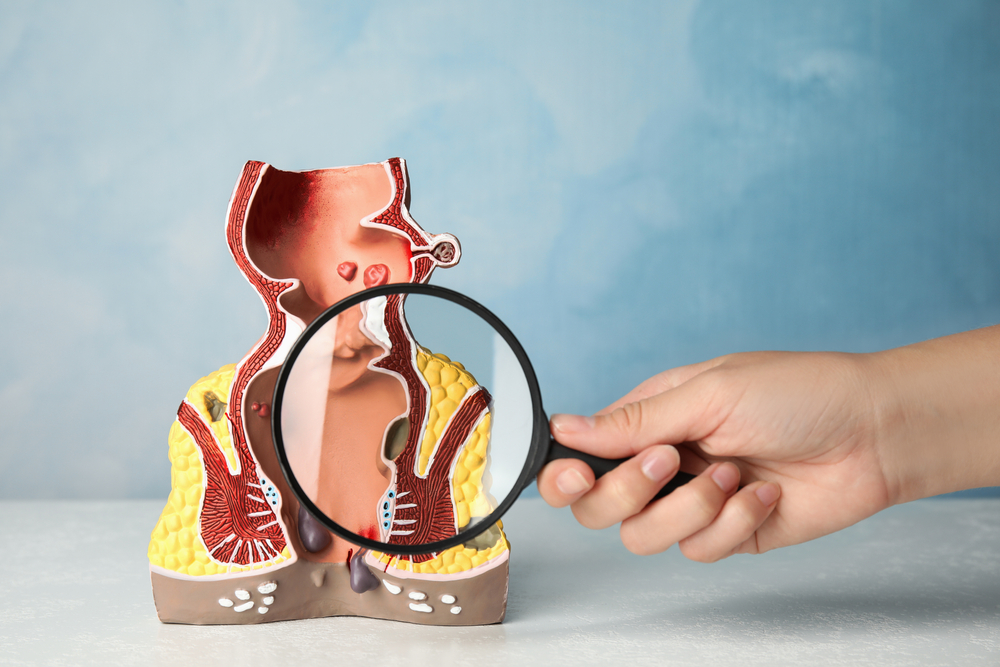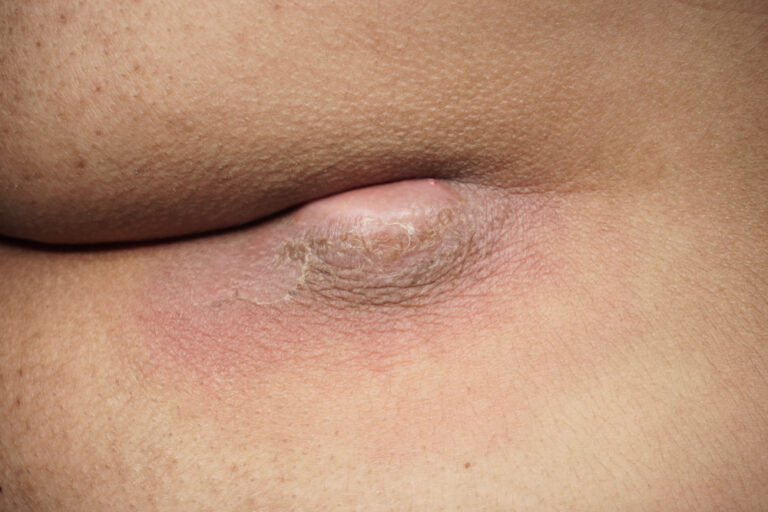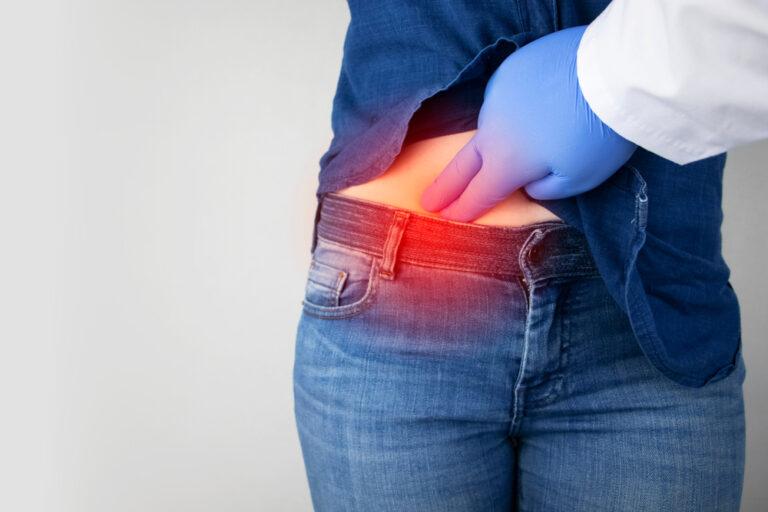What Is Fistula in Ano?
A fistula in ano (anal fistula) is an abnormal tunnel that forms between the inner lining of the anal canal and the skin around the anus.
It usually develops after an infection or abscess near the anus that fails to heal completely, leaving a small tract that continues to discharge pus or fluid.
This condition can cause pain, swelling, irritation, and recurrent infections, significantly affecting a patient’s comfort and daily life.
Without proper treatment, a fistula will not heal on its own and often worsens over time.
Causes of Fistula in Ano
- Previous anal abscess or infection
- Chronic inflammation in the anal glands
- Crohn’s disease or inflammatory bowel disease (IBD)
- Trauma or injury to the anal region
- Tuberculosis (TB) or other infections (rarely)
Common Symptoms
- Persistent pus or discharge near the anus
- Pain or swelling around the anal area
- Irritation, redness, or itching
- Fever or discomfort during bowel movement
- A recurrent abscess that bursts and heals repeatedly
Investigations for Fistula in Ano
A proper diagnosis is essential to plan the right treatment.
Your doctor may suggest the following investigations:
1. Clinical Examination
Inspection of the anal area to identify external openings or discharge.
2. Digital Rectal Examination (DRE)
To feel the internal opening and assess muscle tone.
3. Proctoscopy / Anoscopy
To visualize the anal canal and internal opening.
4. MRI Fistulogram (Gold Standard)
A detailed MRI scan that maps the entire tract of the fistula, identifying its type, depth, and branching — essential for planning surgery.
5. Ultrasound or CT Scan
Sometimes used for complex or high-level fistulas.
Treatment Options for Fistula in Ano
Unfortunately, fistulas cannot heal with medicines or creams alone.
Surgical intervention is the only permanent solution.
1. Conventional Surgery (Fistulotomy)
The tract is surgically opened, cleaned, and left to heal from the inside out.
While effective, it can cause pain, bleeding, and longer healing time, with possible risk of incontinence if sphincter muscles are involved.
2. Seton Placement
A surgical thread (seton) is placed inside the fistula to drain infection gradually.
This method may need multiple sittings and longer healing.
3. Advancement Flap or LIFT Procedure
Used in complex cases to close the internal opening while preserving the sphincter muscles.
Best Treatment – Laser Surgery for Fistula in Ano
The most advanced, safe, and effective treatment for anal fistula is Laser Fistula Surgery, also known as FiLaC (Fistula-tract Laser Closure).
In this minimally invasive procedure, a laser probe is inserted into the fistula tract.
The laser energy is then applied circumferentially to destroy the fistula tract from inside, sealing it without any major cuts or stitches.
Advantages of Laser Fistula Surgery
- Painless and bloodless procedure
- No cuts or stitches
- Minimal hospital stay (day-care procedure)
- Fast recovery – return to normal life within 1–2 days
- No damage to sphincter muscles
- Very low recurrence rate
- No risk of incontinence
- Better cosmetic results (no scars)
Why Choose Laser Treatment for Fistula?
Laser surgery offers the latest innovation in proctology, combining safety, precision, and comfort.
It ensures:
- Precise closure of the tract
- Minimal tissue damage
- Rapid healing and superior outcomes
- Permanent solution for both simple and complex fistulas
Laser treatment is the preferred choice worldwide for patients who want painless, effective, and scar-free recovery from fistula in ano.
Conclusion
A fistula in ano is a painful and recurring condition that requires timely and expert treatment.
While traditional surgeries can be effective, they often involve pain and longer recovery times.
Laser Fistula Surgery (FiLaC) provides a modern, minimally invasive, and permanent solution with excellent healing results and minimal discomfort.
If you’re experiencing symptoms of a fistula, consult a qualified laser proctologist to get evaluated and treated with the latest laser technology for long-lasting relief.







